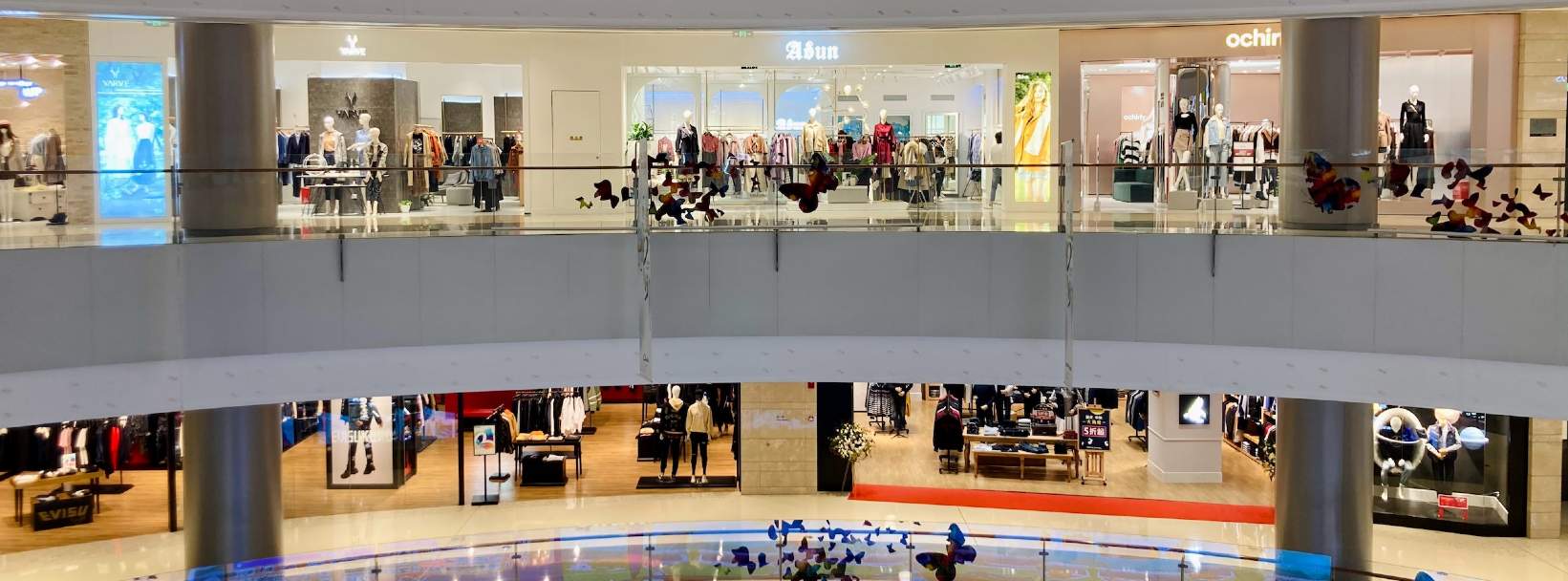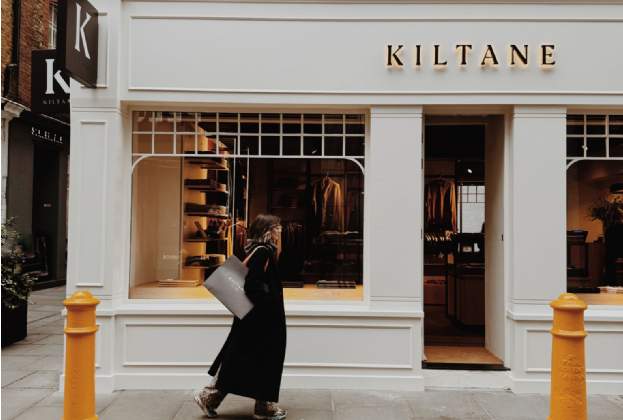Global retail investment has shown signs of a nascent recovery, supported by a revival in occupational markets. Last year, despite falling by 13 per cent, transaction volumes broadly matched the five-year average, helped by the US investment being nearly 30 per cent above pre-pandemic levels. The rest of the world, however, experienced a slowdown, especially in Q4.
A strong labour market and household savings supported 2022’s resilient consumer spending, with physical retail benefitting from a post-pandemic rush to shop in person, and ecommerce adoption rates largely falling back to historic trends. The rebound of international tourism, and China’s relaxation of zero-Covid-19 policies, should also unleash pent-up demand and sales in destinations such as Hong Kong, Seoul, Tokyo, Singapore, and Sydney.
Nonetheless, the current economic environment is having a negative impact on spending, and consumer confidence in many economies is now at record lows. But for investors retail asset prices have corrected to such an extent that much of the bad news is probably already priced in, offering renewed opportunities.
European prime shopping centre yields have moved out by about 90 basis points (bps) since 2019, ranging from 5.25 per cent in Germany to 8 per cent in the UK, consistently 200-300 bps above prime office or logistics. Yield softening has been less in the luxury and convenience segments, at 20bps and 50bps respectively – the former is generally more experience-led and shows little correlation to cycles; the latter appeals due to its defensive characteristics.
The occupational market is key to investment strategies. What’s considered prime has narrowed significantly as structural change has brought high obsolescence risks. In Europe and the US, prime is primarily destination high streets and some shopping malls (for example, on the US west coast): very specific locations with good footfall and a tenant base synonymous with stronger covenants – luxury, technology, and leisure. In Asia Pacific, malls remain places for socialising, in addition to high streets, but their role is changing to offer unique experiences that cannot be replicated online.
In 2023, we expect nervous consumers to create renewed challenges for some retailers, especially those reliant on discretionary spending and/or exposed to rising costs and rent indexation, particularly in European markets. Profit margin pressure may force some to consolidate footprints. Landlords and tenants are increasingly collaborating through data sharing, turnover rents, and flexible leases, to improve the performance of stores, share risks and opportunities, to increase viability. High vacancy in some markets provides an opportunity for landlords to rethink the tenant mix. Complementary uses can enhance footfall and support existing retail, presenting a more diversified and resilient income. On the other hand, rent corrections provide an opportunity to retailers to enter desirable shopping destinations at more affordable costs.
Discount and convenience stores are likely to continue to outperform and increase market share. Combined with other non-discretionary items like food, these defensive assets are becoming part of core/core + investment strategies. Prime high street will also remain attractive, particularly with a luxury covenant: there is limited liquidity in this space, so competition for the few assets marketed will support pricing.
More liquidity may also stem from sale and leasebacks from asset-rich retailers, and well-located secondary high street, retail warehousing, and shopping centres will attract buyers as yields move out, but likely require investors with strong convictions and experience of active management.
A number of landlords will, however, continue to reduce their exposure to retail, providing the market with assets that may be interesting for value-add and opportunistic investors looking to reposition or repurpose them. Ultimately, to be successful, retail needs to be part of a wider mix of uses that brings people together.

.jpg)







.jpg)
